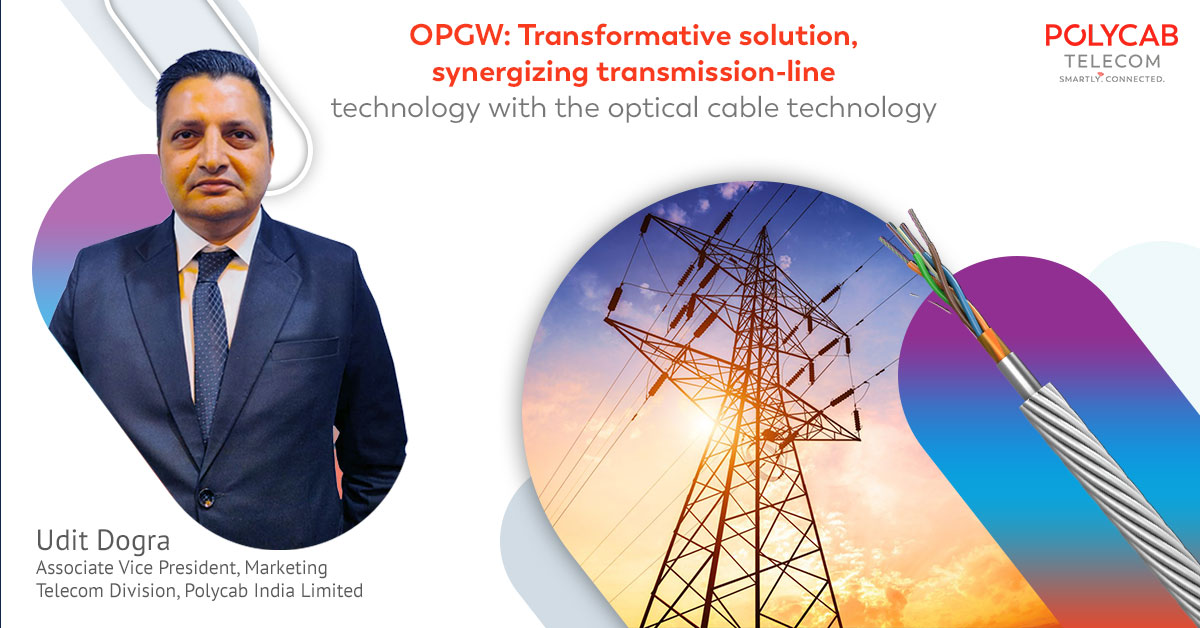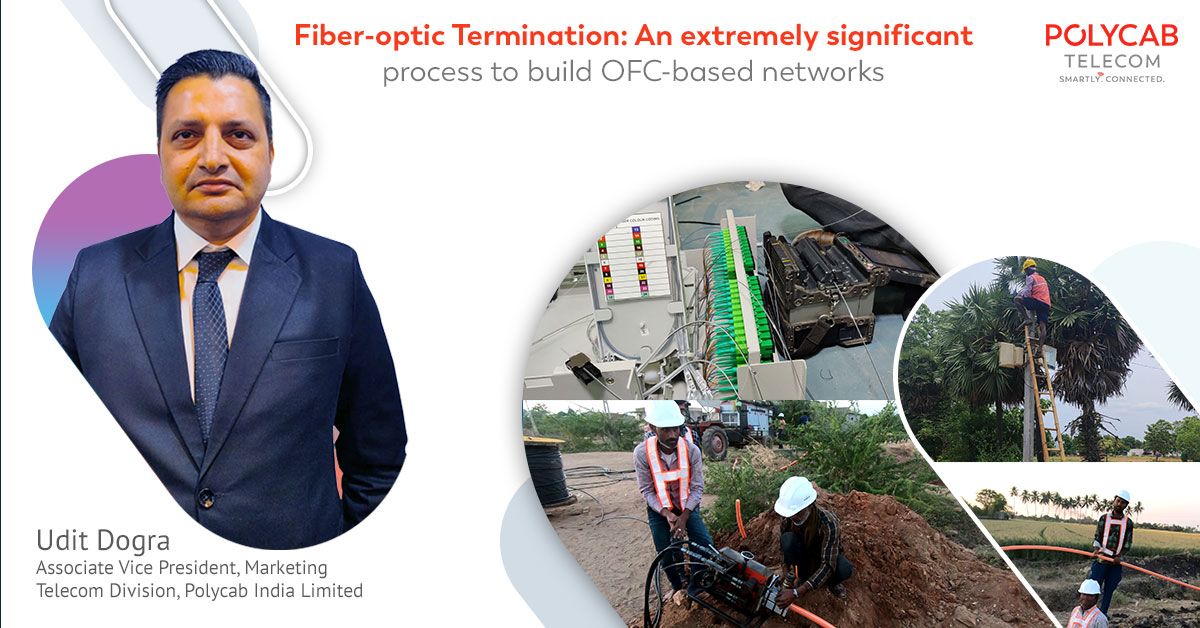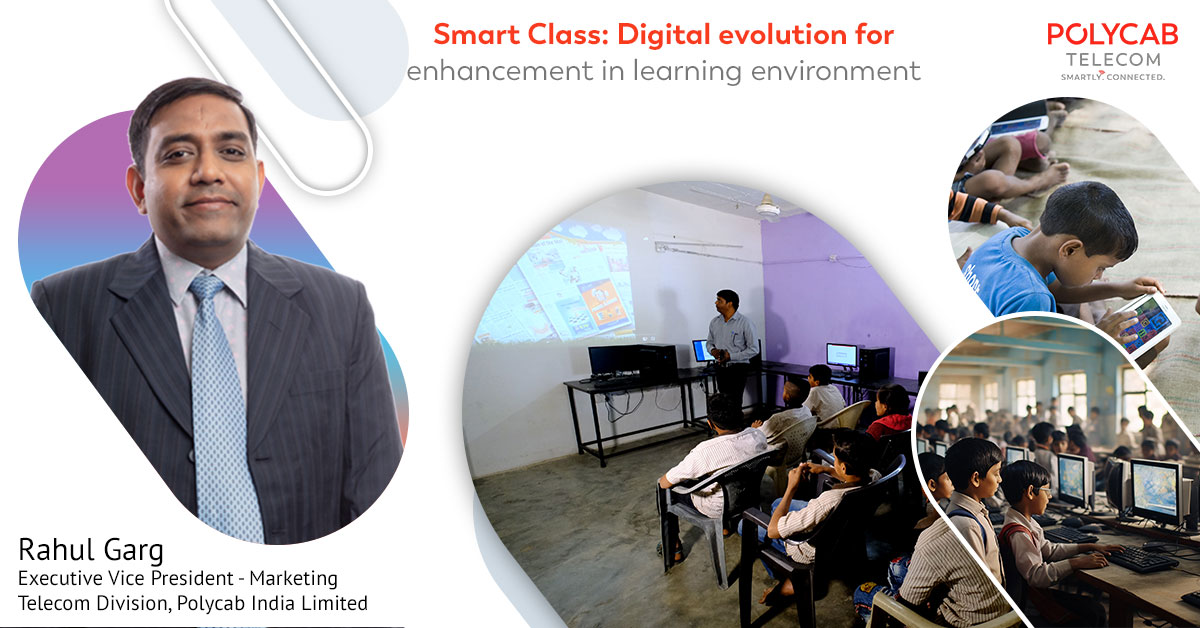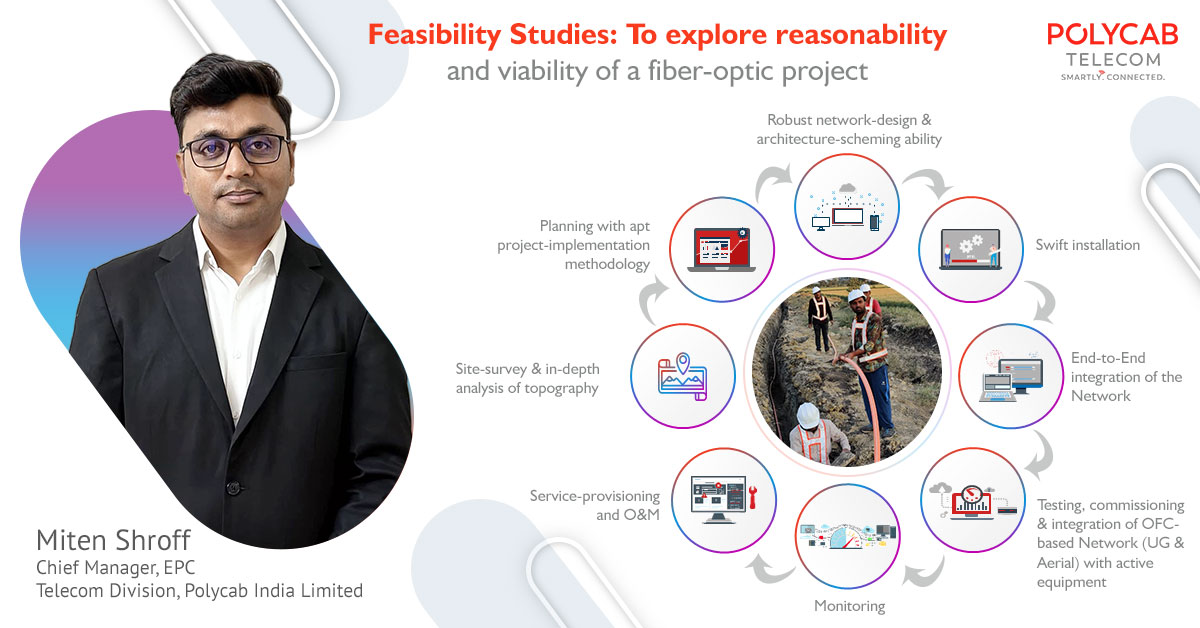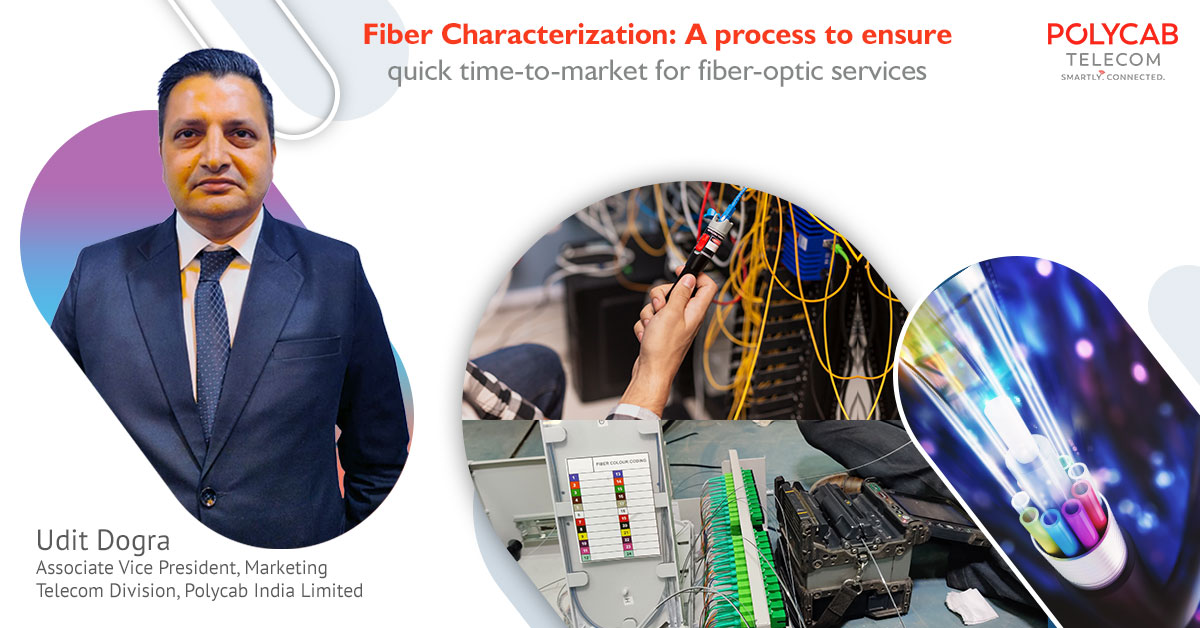Fibre-optic world is always engaged to figure out how a fibre-optic termination be made exact and easy. An apt fibre-optic termination is integral in installation of a fibre-optic network. In fact, reliability of fibre-optic networks hinges hugely on a precise fibre-optic termination.
Fibre-optic termination can be defined as a process to join connectors to the ends of Optical Fibre Cables (OFCs). Simply put, the process is the connection of fibres or wires to a device, like a wall-outlet or equipment, enabling the joining of the cables to other cables or devices. The objective of the process lies in facilitating fibre cross-connection and Lightwave signal-distribution. Fibre-optic termination can be done by using connectors that join two fibres to form a impermanent joint. Splicing is the other way, which gets executed by connecting two bare fibres directly without any connectors. Splicing is a permanent technique for cable-termination. Fibre-optic Splicing is prevalently used in the field, when OFCs need to be extended during a cable-run or these cables, underground or overhead, get detached or disconnected. Splicing is also done for assembling cables. It involves the geometry of the cables, their proper alignment and their mechanical strength. For underground installations, Splicing is a quick and apt technique to re-connect buried detached OFCs. A well-executed fibre-optic termination protects the OFCs from dirt or damage, making a network run more efficiently and in a hassle-free manner. Using the right tools and equipment, like fusion splicers, optical power meters, optical time-domain reflectometers and microscopes, for the process is a must. A high-performance fibre-optic termination brings in optimized optical performance with low loss and minimal reflectance and delivers high mechanical strength.
Polycab Telecom, a division of Polycab India Ltd., is best-known for the delivery of major telecom infrastructure projects, with capabilities to roll out large telecom Infrastructure projects for both, Broadband and Wireless Networks. We’ve been regularly delivering our services for BharatNet, world’s largest rural broadband project, wherein we achieved back-to-back timely completion of projects in Gujarat and Bihar, doing mostly Underground Cable Installation. Working currently for another project under BharatNet Phase-II in Tamil Nadu, we’re in the process to lay OFCs for around 13,919 kms, with almost 85% being aerial and the rest underground, as mandated by the TANFINET, a Special Purpose Vehicle (SPV), instituted by the state. Moreover, as far as Polycab Telecom’s progress in the project is concerned, we’ve already made 90+% of our scope of the total 3,095 Gram Panchayats service-ready.

